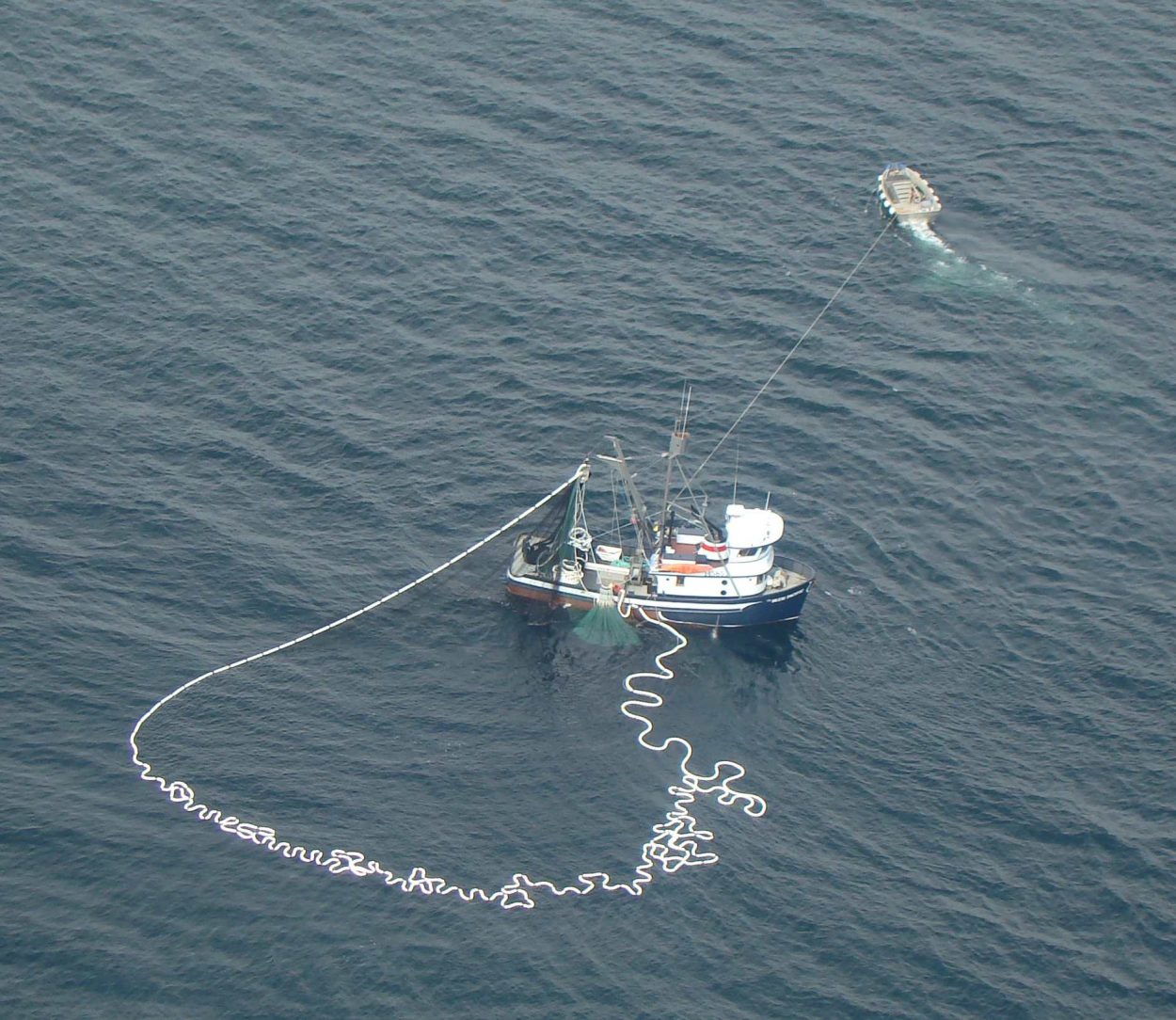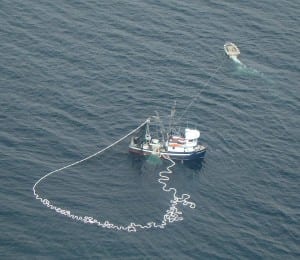Two different taxes paid by Southeast Alaska commercial purse seiners could be going down this year. The new fees pay for operations at a Baranof Island chum salmon hatchery and to reduce the number of permit holders in the limited entry fishery.
For iFriendly audio, click here:
Both taxes started up in 2012 for different reasons. A three percent assessment on all seine boat landings in the region will repay a 13 million dollar federal loan, used to retire 64 permits from the fishery. That’s after the fleet approved a permit buyback last April.
Mike Sturtevant is the buyback program manager with the National Marine Fisheries Service.
“Of course the salmon season starts in June and by the time we, we tried to implement it as quick as we can to collect as much as we could but we got the fee system off and running in late July and just from that time to the end of the season we collected about 1.4, this is approximately, about one point four million dollars,” Sturtevant said.
Repayment of the 40-year federal loan requires an annual payment for principal and interest of at least 721-thousand dollars, so the first year’s assessment netted well above that amount. Sturtevant said that fee rate will drop in 2013. “The fee rate will be lower than three percent. Again I’m not sure what the exact rate will be yet but we will soon be issuing in the next hopefully 30-60 days a federal register notice which will publish what the rate will be.”
Meanwhile, the fleet will not be voting this year on a second round of permit buybacks, despite an additional 10 million dollars in loan money remaining for that purpose. An industry group called the Southeast Revitalization Association sought bids for other permit holders looking to sell but did not receive enough interest. That second round of the buyback could still happen in future years if the fleet approves.
2012 was also the first year for a 20 percent tax on seine boats catching chum near the Hidden Falls hatchery on Baranof Island. The assessment was a first in the state – used to fund hatchery operations. And it takes the place of the old system used for funding hatchery runs, “cost recovery fishing” or the hatchery organization selling the catch from several contracted boats. Hidden Falls is owned by the Sitka-based Northern Southeast Regional Aquaculture Organization or NSRAA. And general manager Steve Reifenstuhl said the first year for the new assessment went well. “It was beautiful really. I mean it’s what the majority of the seiners wanted. It was our first year and it just came off without a glitch,” Reifenstuhl said.
The assessment on purse seiners and trollers fishing in the area around the hatchery collected over one point three million dollars through December. That number could increase as end of season bonuses are factored in, according to the state. Reifenstuhl said last year’s run brought in more than expected. “What that 1.3 million dollars does it paid for the cost recovery that we needed in 2012 but it also built up a reserve fund for years when the forecast comes under what we expect. Last year the actual run came in well above what we expected so we generated more tax revenue than we expected.”
NSRAA wants the tax to remain at 20 percent this year. However that rate is set by the state – the rate proposed by the Department of Revenue’s tax division for 2013 is 17 percent, although that’s not yet finalized.
Hidden Falls chums provide an early season opportunity for the seine fleet and take some pressure off wild pink salmon runs in June and July. NSRAA is forecasting 1.6 million chums will return this year – that would be up from 2012 but still well below the highest returns the hatchery has seen in the past two decades. That could be on top of a big pink salmon run expected for the panhandle – with Fish and Game forecasting a commercial catch of 54 million humpies in the region this summer.











